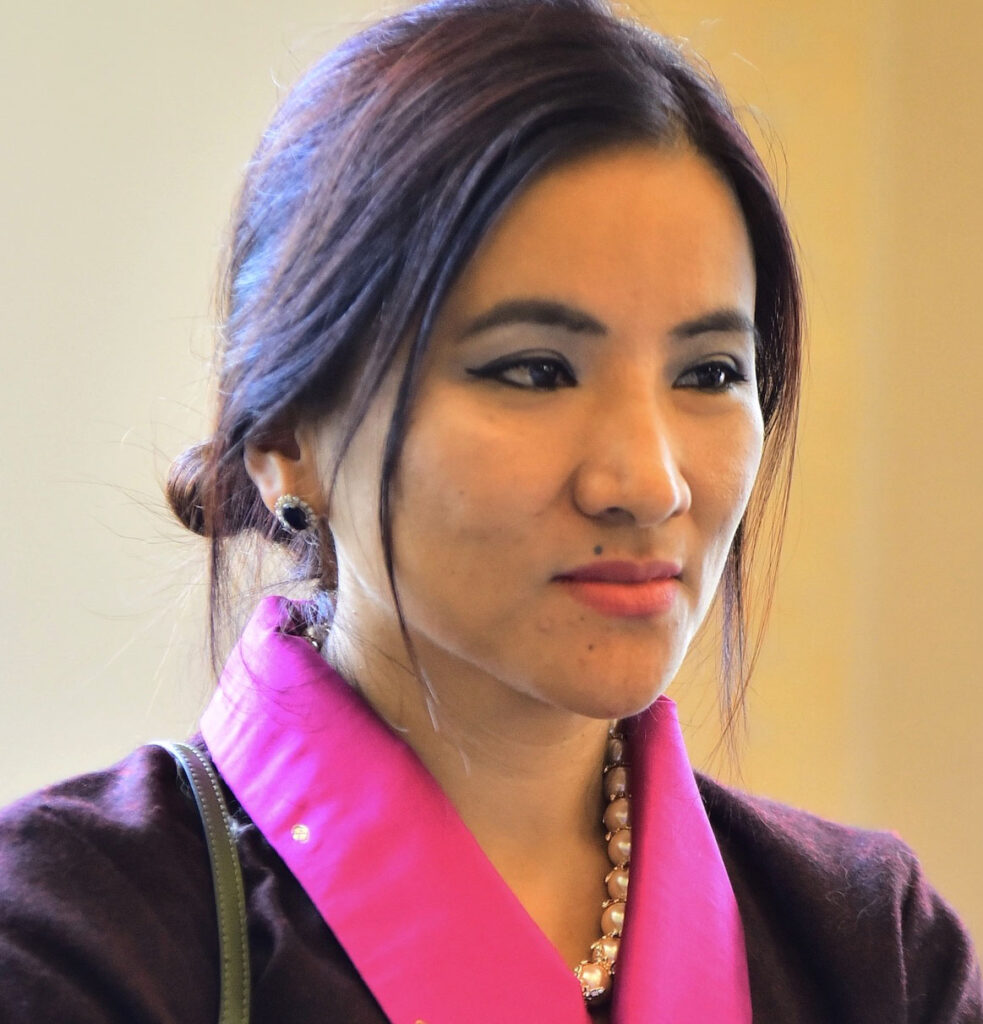OPINION
Dhardon Sharling* argues that the controversy raised over the Dalai Lama’s embrace of a young boy during a recent public event ignores the context of the Tibetan spiritual leader’s often humorous – bordering sometimes on the impish – way of interacting with people from various walks of life.
At first, when I saw the video of His Holiness the Dalai Lama inviting a young boy to kiss him on the cheek, lips, and tongue after the boy asked for a hug, I perceived it as a playful interaction and didn’t pay much attention to it. However, I later became aware of the controversy it caused, leading the Office of His Holiness the Dalai Lama (OHHDL) to issue an apology. Interestingly, the strong public reaction labeling the interaction as abusive and hurtful did not occur when the video was initially published in late February but rather emerged after the apology was issued today. However, I commend the OHHDL for its courage and humility in apologizing for a gesture that was made with the pure intention of showcasing His Holiness’s conception of “oneness of humanity” and what he calls in his words “true love in the absence of judgment.” The complete meaning-making process involved in this interaction cannot be ignored. To gain a better understanding of the incident, it is crucial to analyze it in terms of interactional framing and acknowledge that divergent interpretations arise not only from cultural misunderstandings but also from a lack of understanding the frameworks within which the interaction occurs. For His Holiness, the interaction was intended to reinforce his message of “sameness in human beings.” Failure to grasp the contextual meaning of utterances and actions can lead to different interpretations and disturbing reactions, as we are witnessing.
The OHHDL referred to the interaction as “playful” in their apology, which suggests that humor was intended. His Holiness has a well-documented history of using humor to connect with his audience. A 2017 CNN report[1] refers to His Holiness’s “impish behavior, laughing and joking” as his secret weapon. To interpret his utterances and interactions, we need to understand both how humor works and His Holiness’s relatively quick shifting in and out of humorous frames. Because humor depends on incongruity and violation of our sense of the way things should be, many humorous utterances and actions can be perceived as disturbing if presented outside of their interactional context and play frame. While the act may appear incongruent with His Holiness’s holy image and stature, it does not imply abuse or harm. The perception of incongruity must be accompanied by the perception of non-harmfulness. When an act is interpreted in a playful frame, it is more likely to be perceived as non-harmful. Unconscious judgments regarding what is considered normal and benign are inherently subjective and depend on an individual’s intent, experience, and social position in society. This applies not only to the actor and subject involved in an interaction but also to the audience interpreting it, as the controversy surrounding the video demonstrates.
In November 2017, I had the privilege of attending an event in New Delhi where His Holiness the Dalai Lama warmly embraced several young children on stage and remarked, “I am a monk and cannot have children, but I really love children.”[2] It was during this event that His Holiness generously donated to support the education of underprivileged children. For me, this image of His Holiness embracing young children with genuine warmth is more significant than any expressions of incongruity. I recognize the importance of not letting my subjective judgments undermine the essential message of warmheartedness that His Holiness has dedicated his life to promoting through his words and actions.
***
* Dhardon Sharling is a scholar, social justice advocate, and former Tibetan political personality. She is currently a PhD candidate specializing in Human Communication at the University of Massachusetts, Amherst. Her interdisciplinary research focuses on the intersection of human consciousness and communication in intercultural and digitally mediated setting, particularly in the context of climate change. Dhardon’s dissertation critically examines the Dalai Lama’s rhetoric of identification and persuasion in relation to human values and environmental ethics.
[1] July 10, 2017. CNN https://www.cnn.com/2017/02/07/health/dalai-lama-humor-how-you-can-have-it-too/index.html
[2] November 19, 2017. Tibet.net https://tibet.net/i-am-a-monk-i-cannot-have-children-but-i-really-love-children-his-holiness-the-dalai-lama/



